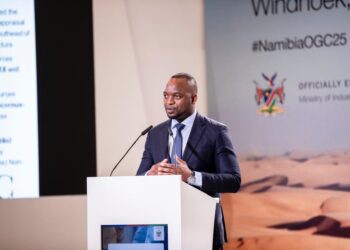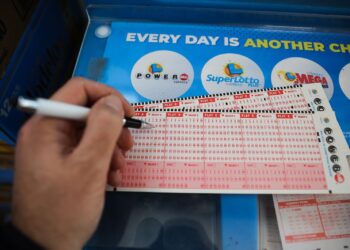
The Ministry of Agriculture, Water and Land Reform has broken ground on a new N$665-million water treatment plant at Rundu.
This is part of a larger N$1.8 billion initiative funded by the African Development Bank’s loan facility for Namibia’s Water Sector Support Programme.
The current water treatment plants at Rundu are struggling to meet the growing demand.
According to the Minister of Agriculture, Water and Land Reform, Calle Schlettwein, the water treatment plant will have a capacity of 36,000 cubic metres of purified water per day, expandable to 72,000 cubic metres per day.
He said the raw water intake infrastructure is being built with a capacity of 80,000 cubic metres per day, allowing for further expansion as the population grows.
“Construction of additional storage reservoirs amounting to 35,500 cubic metres in volume as well as construction of new pump stations with dedicated pipelines to the existing and new elevated reservoirs at Rundu and Nkarapamwe schemes are planned,†he said.
He further explained that the project extends beyond Rundu. New pipelines will be constructed to provide clean water to surrounding villages including Kayengona and Masivi in Kavango East Mupini and Sikondo in Kavango West.
“In principle, the new infrastructure is designed to accommodate an extension to communities within a 100km radius of Rundu. The infrastructure has been sized to enable future extension in the next phases of the project,†he said.
Schlettwein further says the Rundu Town Council owes Namwater N$280 million in unpaid water bills and as such, town councils like Rundu will switch to prepaid bulk water meters.
This means they will pay for water upfront, encouraging responsible use. Additionally, installing prepaid meters for individual residents within Rundu is being considered as the new standard.
“NamWater is owed more than N$2.1 billion by town councils and individual consumers. It is every council’s responsibility to ensure that the little contribution required by each consumer within the town boundary is collected and contributes to funding continuous water supply operations such as cleaning, infrastructure maintenance and supply,†he said.











